|
To Longyearbyen... This morning, we took a bus to the Oslo airport and boarded a flight up to Svalbard, the Norwegian archipelago in the Arctic Ocean! I was so excited to get up to the high Arctic and embark on our voyage aboard the National Geographic Explorer. I took a bit of fine Norwegian chocolate on the plane, but I opted out of the many salty black licorice treats that are so popular there!
In fact, Longyearbyen has the northernmost airport (permanent, with regularly scheduled flights) in the world. The city boasts many "northernmost" records: post office, church, restaurant, blues festival, cinema etc... In the winter, the region is cloaked in darkness day and night and temperatures are often below zero, but this time of year, the town is bathed in sunlight at all hours and temperatures range in the 30-50 degrees F. The climate in Svalbard is moderated by the warm North Atlantic current that continues the Gulf Stream northeast. We visited the Svalbard Museum and got introduced to the local arctic ecology, as well as the human history of the region. Though there were no indigenous people in Svalbard. In 1596, Dutch expedition led by Wilhelm Barentsz arrived in Svalbard and named the region "Spitsbergen," a name that meant "sharp, pointed mountains." Today, Spitsbergen is the name of the largest island. During the 400 years after its discovery, Svalbard was a whaling and hunting ground for the Dutch, English, Russian Pomors, and Norwegians. Whales, walruses, arctic fox, and polar bears were hunted in large numbers. Longyearbyen has been used as a whaling base, a mining town, a polar research outpost and, most recently, an Arctic tourism destination. The homes are almost exclusively owned by companies, which provide housing to workers and their families. On the bus, Ellen and I sat near a Lindblad Expeditions legend, a very sweet (and sharp!) elderly woman named Grace. She has been on over 30 voyages all over the world with the company! She was familiar with the Grosvenor Teacher Fellowship and after congratulating us for being there told us, "Don't pretend to know anything about polar bears. It really detracts from the experience of others." Ha! We assured her we wouldn't. Exploring the Explorer... Finally time to board the ship and begin exploring our new home. Our teacher cabin was quite comfortable: two attached staterooms, a single and a double, and a bathroom with walk-in shower. We began unpacking our gear and settling into our shipboard home. Karen, our naturalist mentor, gave us a tour of the ship and I quickly began to memorize the stairways. Everyone gathered in the lounge for staff and crew introductions, as well as a mandatory lifeboat drill. We had to learn what do in case of an emergency. We had not even left port yet and Captain Oliver Kruess spotted a walrus and calf swimming near the ship. I quickly grabbed my camera and headed out on deck to check it out! Leaving Port... I was stunned by the silvery light as we pulled out of Longyearbyen. The pointed peaks seemed to glow in the afternoon sun. We set sail for Hornsund, the southernmost major fjord along the main island of Spitsbergen. We were treated to some gorgeous scenery. We cruised up close to our first tidewater glacier, ones that terminate in the sea.
I can already tell that my fellow Fellows Ellen and Aimee and I are going to be lifelong friends and professional colleagues. I know we have an incredible adventure ahead of us, and I cannot think of anyone better to share it with. We enjoyed the first of many sumptuous meals this evening. During this and other meals, us teacher fellows tried to separate and dine with different guests. What a well-travelled and interesting group! Unfortunately, I did not get any sleep. I am not sure if I was still on Hawaii time or perhaps coursing with adrenaline, but I was up writing and wandering the ship most of the night. I saw the midnight sun, and the 1am sun, and the 2am sun, and the...well, you get the idea. Looking forward to the journey ahead...let's explore the Land of the Ice Bears! All photographs by Cristina Veresan unless otherwise indicated.
3 Comments
Abner J.
8/6/2014 06:08:35 am
Ms. V did you get to touch any of the animals and did you go exploring on your own.
Reply
Maya
8/6/2014 12:52:37 pm
Longyearbyen seems like an interesting small town! Is it really such a small town with only 1,000 people? Also, have you tried the chocolate yet?
Reply
Your mountain travel blog posts are more than just words on a page; they're an invitation to embark on a journey of epic proportions. With each post, you transport us to new heights—both literally and figuratively—fueling our passion for adventure and exploration. Thank you for reminding us that the world is full of wonders waiting to be discovered.
Reply
Leave a Reply. |
AuthorThis blog contains occasional dispatches from my science classroom and professional learning experiences. Thank you for reading! Archives
December 2021
|
|
Cristina Veresan
Science Educator |
Proudly powered by Weebly
|
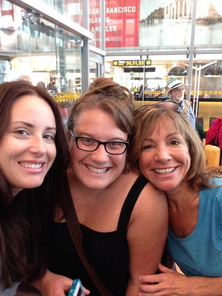

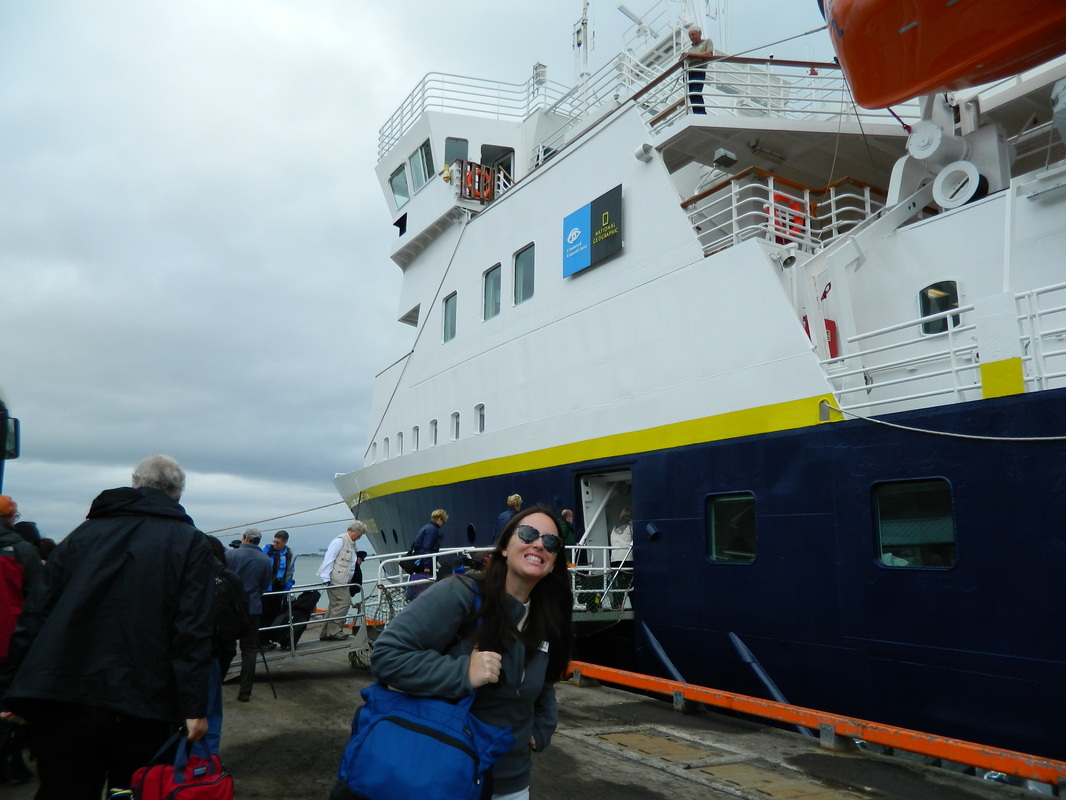
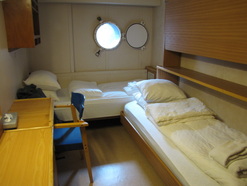
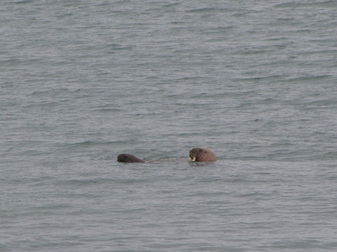
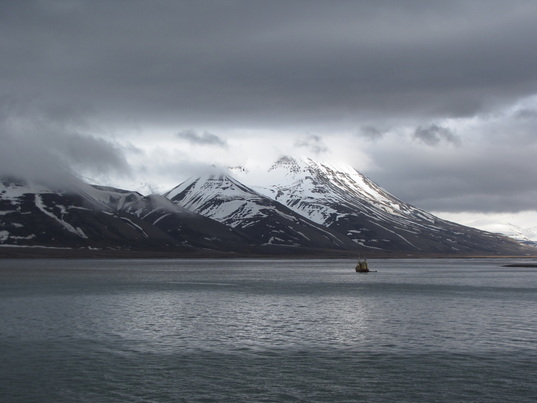
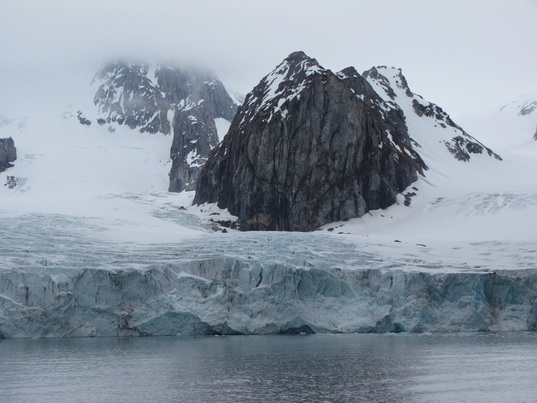
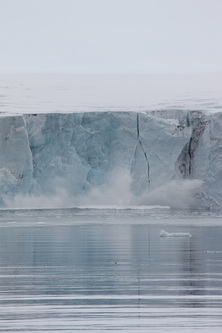
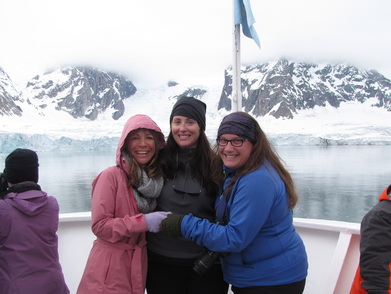
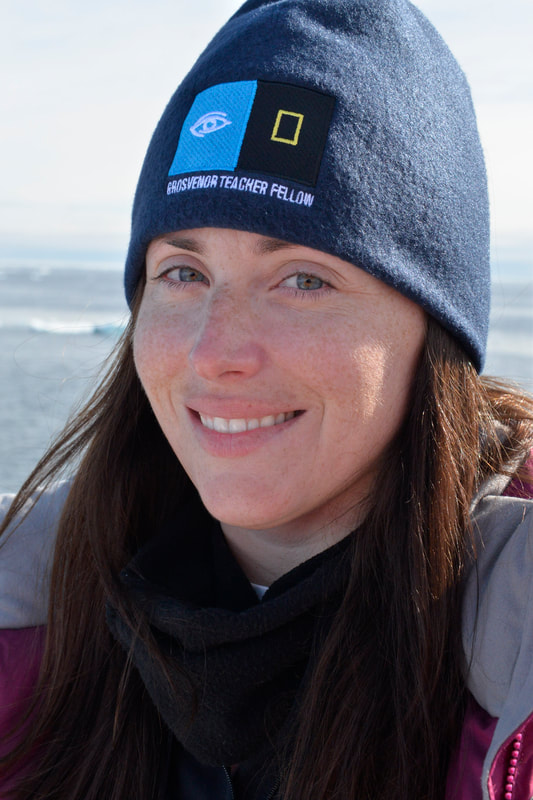
 RSS Feed
RSS Feed